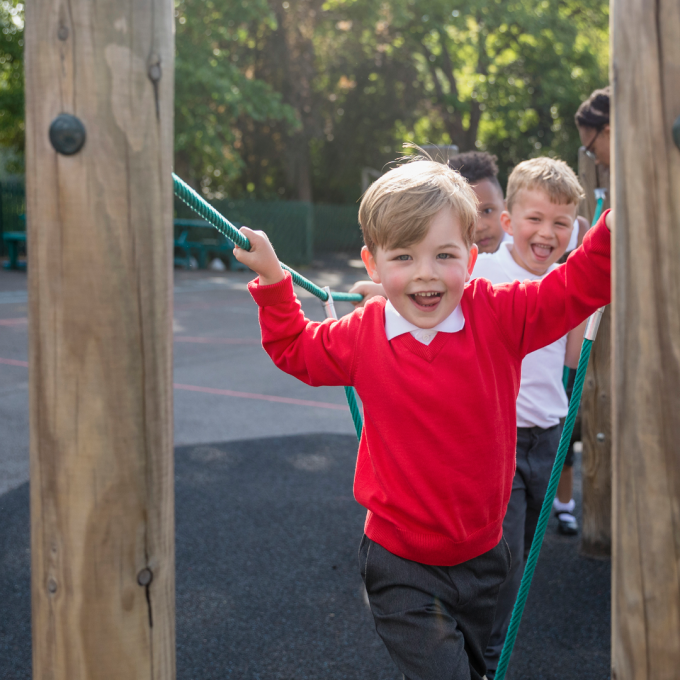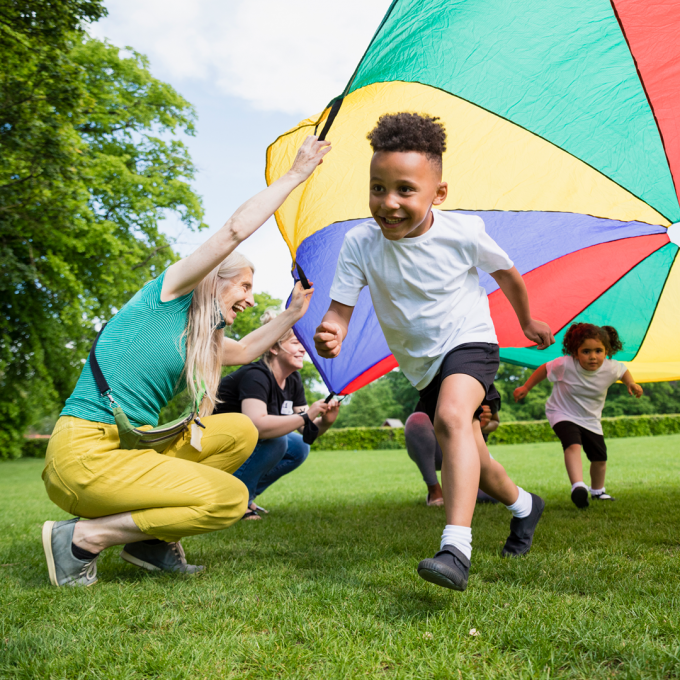In the second part of his analysis of the impact of Thrive®, headteacher Ben Travitzky reflects on the effect of the pandemic and the role schools can play in creating resilient, happy adults.
See mythrive.uk/BaltonsboroughPrimary for part one
I wondered what on earth I had to say about the impact of Thrive in our school (Baltonsborough Primary School, in Somerset) this second term. I noticed a huge amount of resentment that my carefully-curated school development plan had been shattered by Covid, and frustration that I was unable to replicate the evidence-based success of the first term. I imagined I had nothing to offer in terms of impact, I could not have in fact been more wrong.
The impact of the Thrive Approach® in our setting this term has been a change of approach to community. Bessel Van Der Kolk theorises that we cannot recover from trauma unless we are in community, essentially that we need to be in relationship to heal. This thinking manifested in our practice last term through weekly phone calls to our families throughout lockdown. It was an invaluable way to offer support, compassion and lend a listening ear, which I hope in a small way eased the impact of the trauma. It manifested in caring and thoughtful daily feedback from staff on Google Classroom, as well as in the staff's bravery to record themselves to provide points of connection while children were at home. It also manifested very successfully in the Thrive survival packs our practitioners made for children that they would have been seeing, if had we been in school. The packs contained creative and practical activities to support communication and regulation, but also served as a powerful, tangible reminder, that we were still in relationship with those children.
The Thrive Approach underpinned my online assemblies, too, and the impact of this was to help children recall their learning about regulation, the importance of connecting with nature, creating feelings of safety, and having the courage to be vulnerable and be in their feelings. I had a short circuit one day and built a den under my desk for my assembly on safe spaces, only to realise slightly too late, that you should not light assembly candles in dens made from synthetic fibres. It was a narrow escape, but one that put a smile on everyone's face at least!
As we returned from lockdown there was an outpouring of emotion from our children and also from us as staff. The confrontation of returning to reality has been full of joy, but also of challenge as we all look to regulate in our environment and relationships again. Seeds of doubt crept into the team - was encouraging children to be in and share their feelings the right course of action when it meant huge release, discomfort, and unsettledness?
As fate would have it, I sat down after a challenging day and was enjoying a mindless moment, when I happened upon an article about mental health in young men. As a father of three boys (and I'll be daring enough to say, as a relatively young man myself) I am always interested to read about this. What I read shook me to my core. It highlighted how we are in the middle of a mental health crisis, that has been bubbling for many years, but is now exasperated by lockdowns and the stress of Covid-19. The article focused on how, for many reasons, more and more young people feel they have no choice but to take their own lives. The article reminded me that we had work to do. Work that teaches children and young adults to name their feelings, to express them out loud to a trusted community and to be compassionate to themselves when these feelings are uncomfortable. The article outlined that the medicine for this desperate situation was not just intervention to those immediately affected, but that it was education from the start about how to be in and share your feelings.
I felt hugely relieved that our team had created a place where the children feel like they can let out the bad as well as the good, and in this way that they will be able to heal from the immediate trauma of the pandemic. I also feel hopeful that they will take this learning with them and implement it as they leave our school and grow. What I recognise now is that our next steps are to focus on how we provide a greater variety of safe containers for children's emotions. We have made immediate steps by creating a softer daily structure with more opportunities for breaks, with daily Thrive assemblies on Google Classroom and taking children up to the field to allow for greater space and freedom. In the longer term, we will be providing each child with toast at the start of the day, introducing daily mediation and re-introducing our outdoor wake up, shake up sessions. We are looking at adapting our curriculum to take on a more play-based, experiential approach too, which should afford children and staff greater creativity.
It is absolutely not what I expected from my second term of headship, but I am grateful every day that I had Thrive as a frame of reference to help me make so many tough decisions with compassion at the heart of them.
Over to you
Reduced anxiety and behavioural incidents. Calmer classrooms filled with engaged leaners. Improved relationships with parents and carers. These are just some of the outcomes reported by settings embedding Thrive’s whole-school approach to mental health and wellbeing. Are you ready to join them? Click here to get started.
Pass it on
Small actions can lead to a big ripple effect. If you enjoyed this post or found it helpful, please consider supporting us in our mission to help every child and young person feel safe, supported and ready to learn by sharing it using the social media buttons below.
Want to join a like-minded community of senior leaders and classroom staff benefitting from insights and strategies to improve attendance, behaviour and attainment? Add your email address below. (It’s easy to unsubscribe).

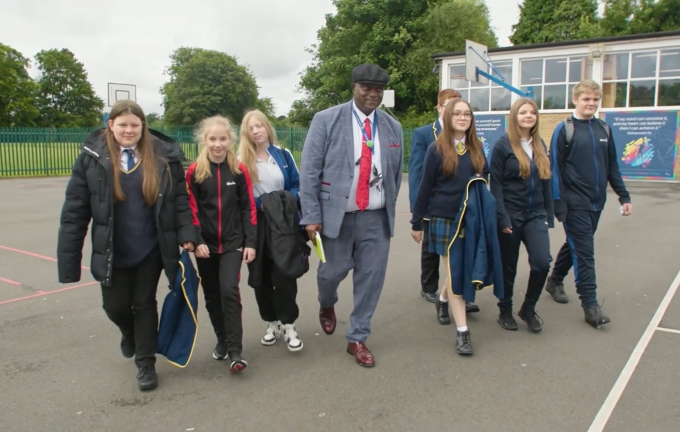
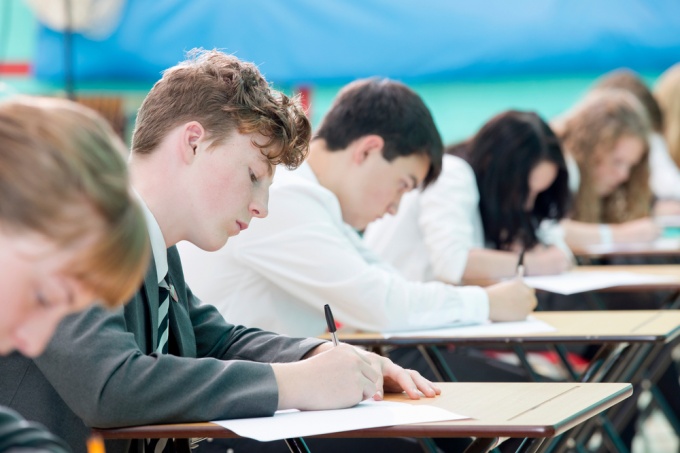
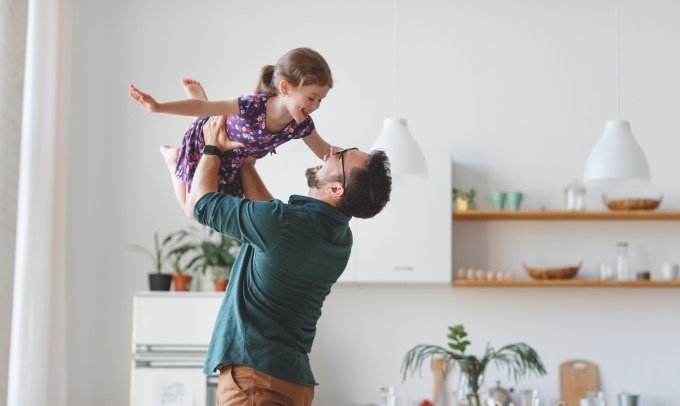
_680.jpg)
